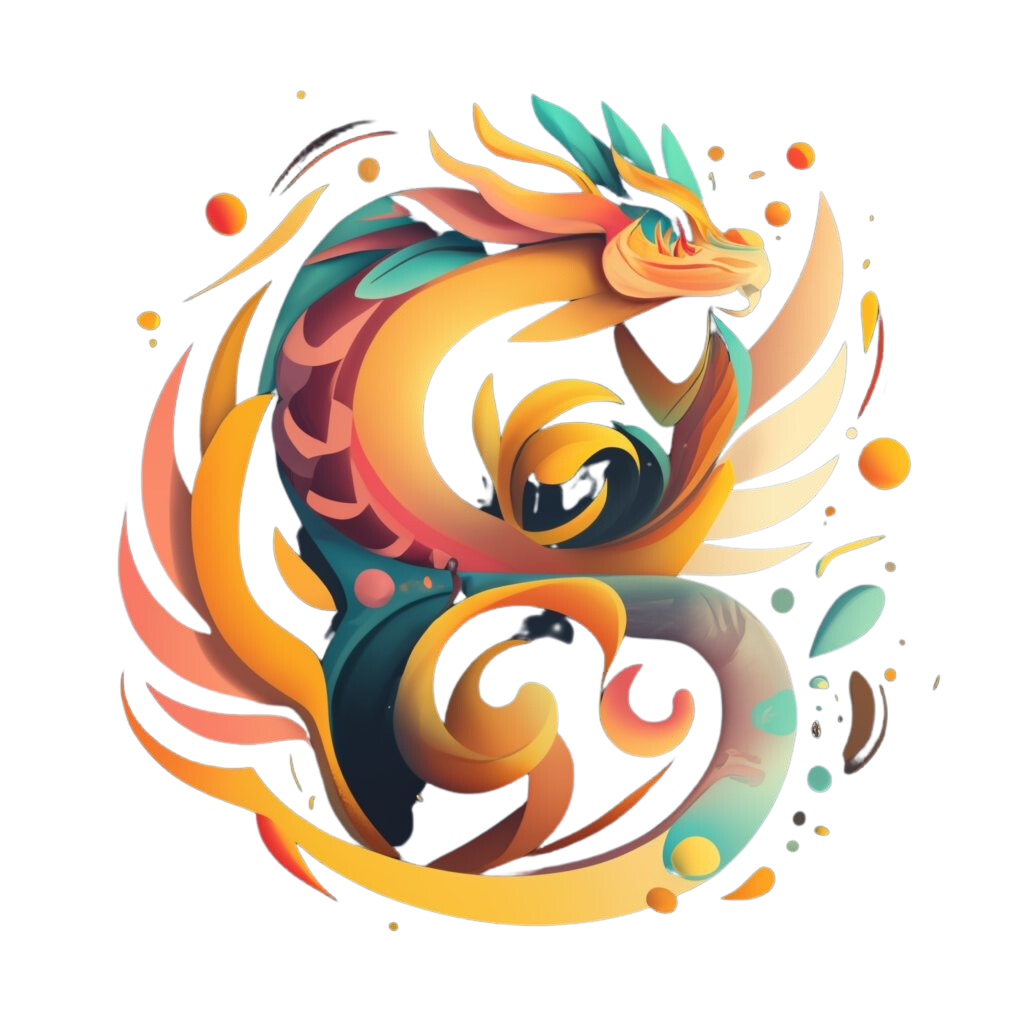Beneath the sands and ruins of ancient Syria lies a hidden world — one alive with Syrian mythical creatures that once shaped how people saw the universe. From storm gods fighting sea serpents to desert spirits whispering across dunes, these stories reveal a land where faith, fear, and nature collided.
This article explores the most powerful beings from Syrian legend — from the seven-headed serpent Lotan to the desert guardians who guided travelers through danger. By tracing their origins and meanings, we uncover how these stories explained natural forces, warned against chaos, and celebrated life’s mysteries.
What is Ancient Syrian Mythology and Where Did It Come From?
Before borders divided the Middle East, ancient Syria stood between Mesopotamia, Anatolia, and Egypt. Known as part of the Levant, it was more than a trade hub — it was a meeting point of faiths, languages, and myths. Out of this exchange grew one of the region’s richest spiritual traditions: Syrian mythology.
Cities like Ugarit, Ebla, and Mari shaped a pantheon that reflected both the local landscape and outside influence. These myths drew from Canaanite gods, Mesopotamian legends, and Aramean spirits, weaving them into new tales of creation, destruction, and divine struggle. Their stories later echoed through Biblical and Greek traditions.
In Syrian belief, mythical creatures were not just monsters. They symbolized nature’s power — the roaring sea as a serpent of chaos, the desert wind as a spirit of death, the storm as a divine weapon. Each being represented the balance between order and chaos, life and loss.
This mythology thrived during the Bronze Age (3000–1200 BCE), reaching its peak with the Ugaritic texts around the 14th century BCE. These cuneiform tablets preserve the oldest Syrian myths. Even as empires rose (Assyrian, Babylonian, Persian, and Greek), these stories endured.
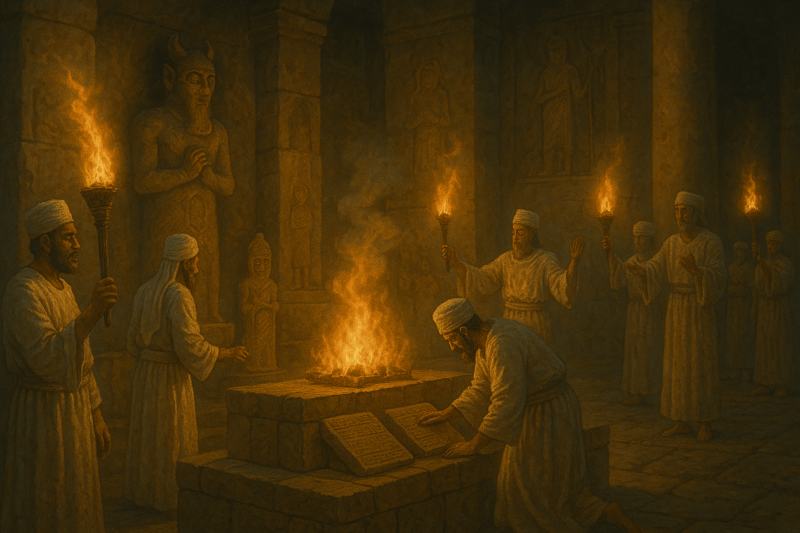
Who Were Some of the Major Creatures in Syrian Myth?
The tales of Syrian mythical creatures reveal a world where gods, humans, and monsters shared the same stage. These beings reflected the land’s extremes — violent storms, vast deserts, and powerful seas. Many of their stories were first recorded in Ugarit more than 3,000 years ago.
Below are some of the most iconic creatures that defined Syria’s mythic imagination.
1. The Sea Serpent of Chaos – Lotan (Litan)
Lotan, or Litan, was the seven-headed serpent of the sea —the embodiment of chaos. In the Baal Cycle from Ugarit, he rose from the depths to challenge Baal Hadad, the storm god. Their battle symbolized the fight between order and destruction.
When Baal defeated Lotan, it marked the triumph of life over the forces that threatened it. This myth inspired later creatures like Leviathan in Hebrew texts and Tiamat in Babylonian legend.
To coastal Syrians, Lotan wasn’t only a monster. He represented the sea’s raw power, a force that could bless with trade and fish or destroy with floods and storms.
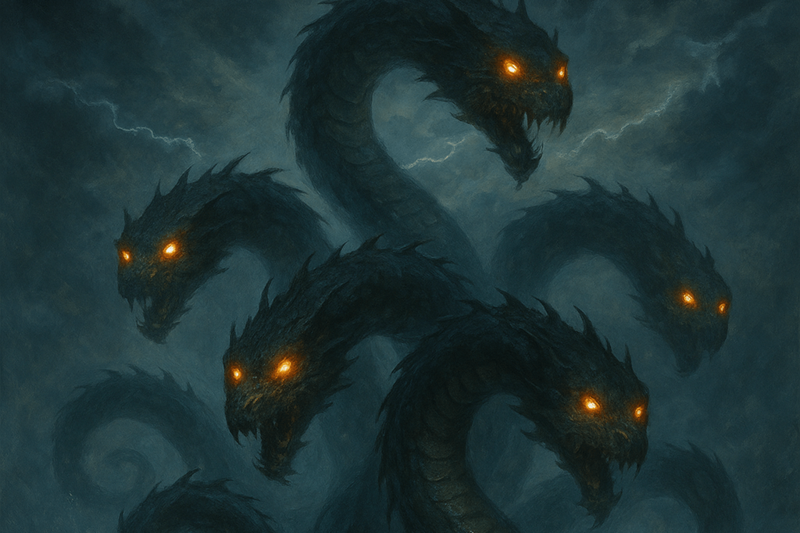
2. The Dragon of the Deep – Tannin
Tannin means “dragon” or “sea monster” in ancient Semitic languages. In Syrian and Canaanite tradition, he was the dragon of the deep, born from the chaos of the waters.
While Lotan stood for one great battle, Tannin symbolized endless cycles of disorder (the sea’s constant turmoil). Ancient Syrians saw Tannin in every crashing wave and every storm. Over time, his image spread through scripture and theology, becoming a sign of rebellion and divine restraint.
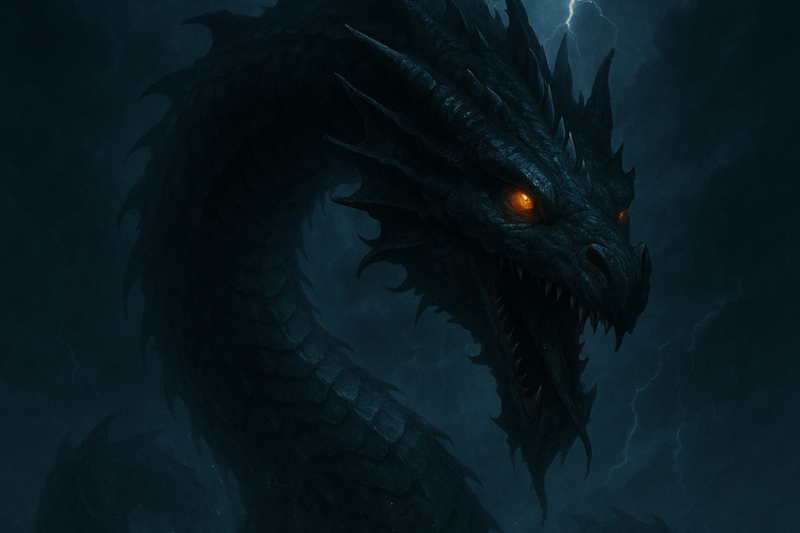
3. The Female Demon of Infants – Lamashtu-Type Spirit
One of the most feared beings in Syrian lore was a female demon resembling Lamashtu from Mesopotamian myth. She had a lion’s head, bird claws, and a human body, often shown clutching snakes or nursing beasts.
People believed she preyed on mothers and infants, stealing babies or bringing sickness. Yet her fearsome image also led to protective rituals. Amulets and charms invoking gods like Pazuzu or Baal were used to keep her away.
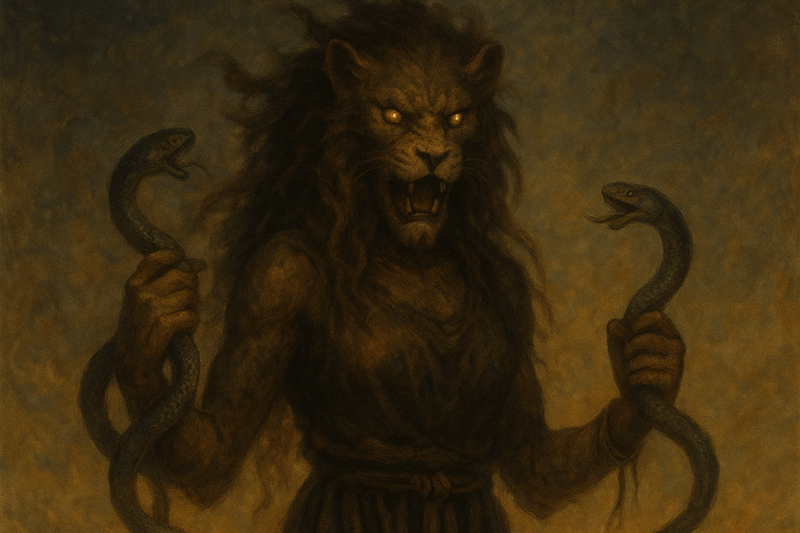
4. The War God’s Beast – Hybrid Creature of Battle
War and storm gods in Syria often had hybrid beasts at their side — half animal, half divine weapon. Some served Baal Hadad or Resheph, the god of plague and lightning.
These creatures were said to have the body of a lion or bull, wings of an eagle, and eyes of fire. They appeared in carvings trampling enemies or guarding temples, symbols of both protection and destruction.
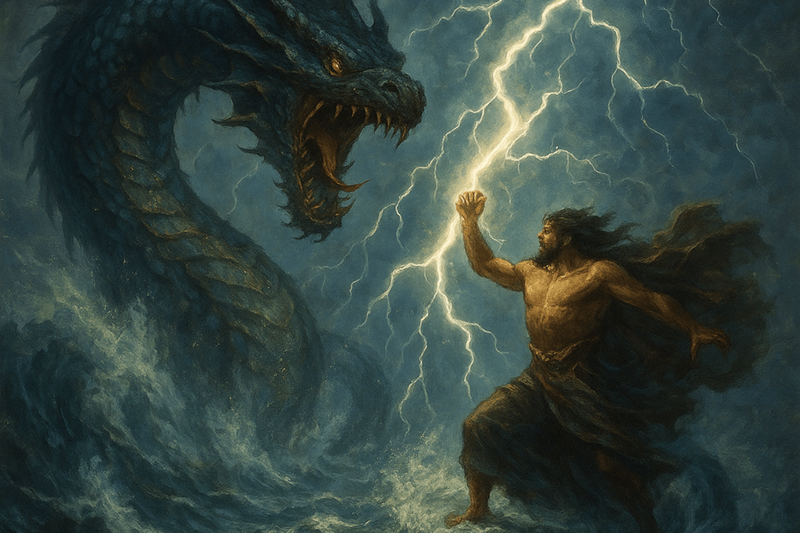
5. The Twin Desert Deities – Arsu and Azizos
While sea creatures embodied chaos, the twin gods Arsu and Azizos represented protection and guidance. Worshiped across Syria and northern Arabia, they were patrons of caravans and travelers braving the desert.
Shown as camel riders or twin stars, they symbolized companionship and balance. Arsu was linked to the evening star (Venus), and Azizos to the morning star, mirroring the cycle of night and day.
They guarded trade routes from bandits and spirits, keeping travelers safe through the emptiness.
What Were the Recurring Themes Among These Myths?
Several themes appear again and again across Syrian mythology.
Storm Versus Sea: The Battle for Order
One major theme is the fight between the storm and the sea — order versus chaos. The storm god Baal Hadad fought sea monsters like Lotan and Tannin to restore balance.
To ancient Syrians, this explained the floods, droughts, and lightning that shaped their lives. The battle between sky and sea showed that destruction and renewal were part of the same cycle.
This idea spread far beyond Syria, influencing Hebrew scripture and even Greek myths about Zeus mastering the sky.
Desert and Wilderness: The Space Between Worlds
The desert represented isolation and mystery. It was a place where spirits wandered and gods tested human faith.
Creatures like Arsu and Azizos watched over travelers, while darker forces haunted the dunes. These beings lived between worlds (human and divine) reminding people how thin the line was between safety and danger.
Protection and Destruction: Two Sides of Power
Another theme is duality — the same power that heals can harm. Gods like Resheph brought both plague and protection. Lamashtu-type demons inspired both fear and rituals for safety.
This balance reflected how Syrians viewed nature itself: unpredictable yet sacred. The myths encouraged respect, not control.
To continue your journey through Middle Eastern mythology, explore: Unveiling the Legendary Beasts of Lebanon or Turkish Mythical Creatures: A Complete Guide to the Turko-Mongol Mythology
